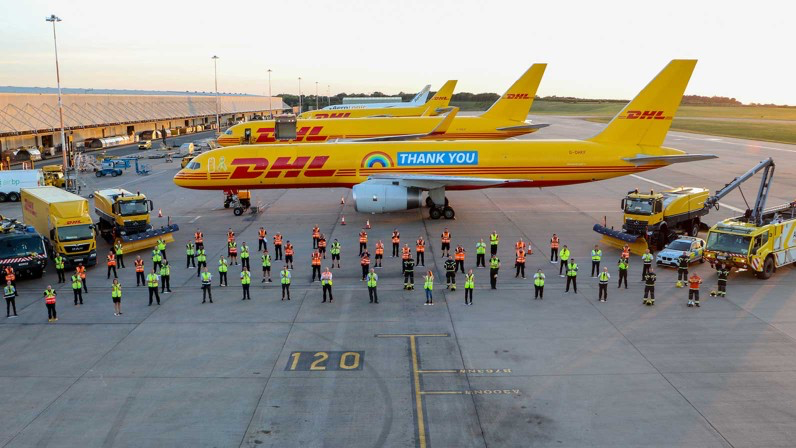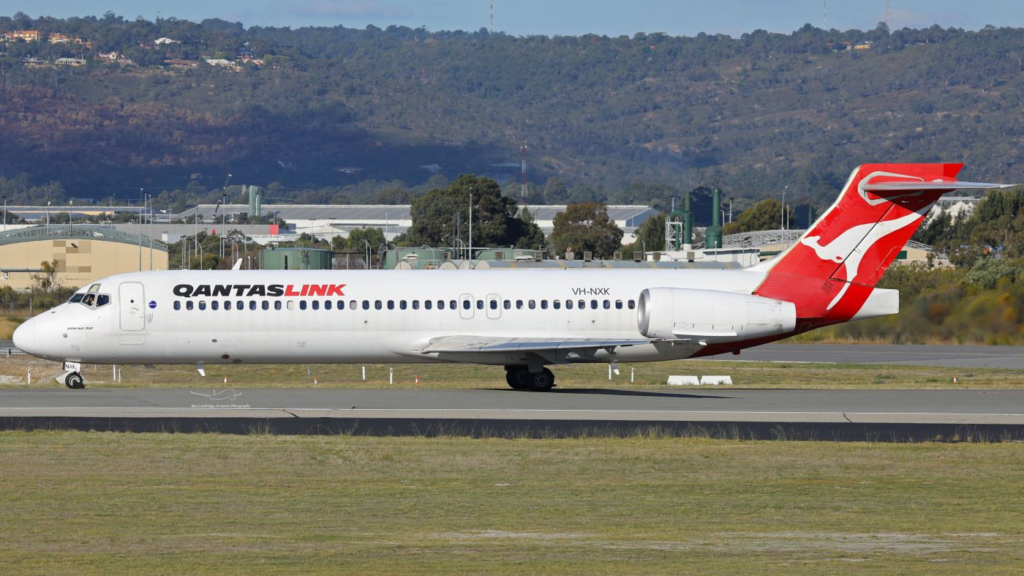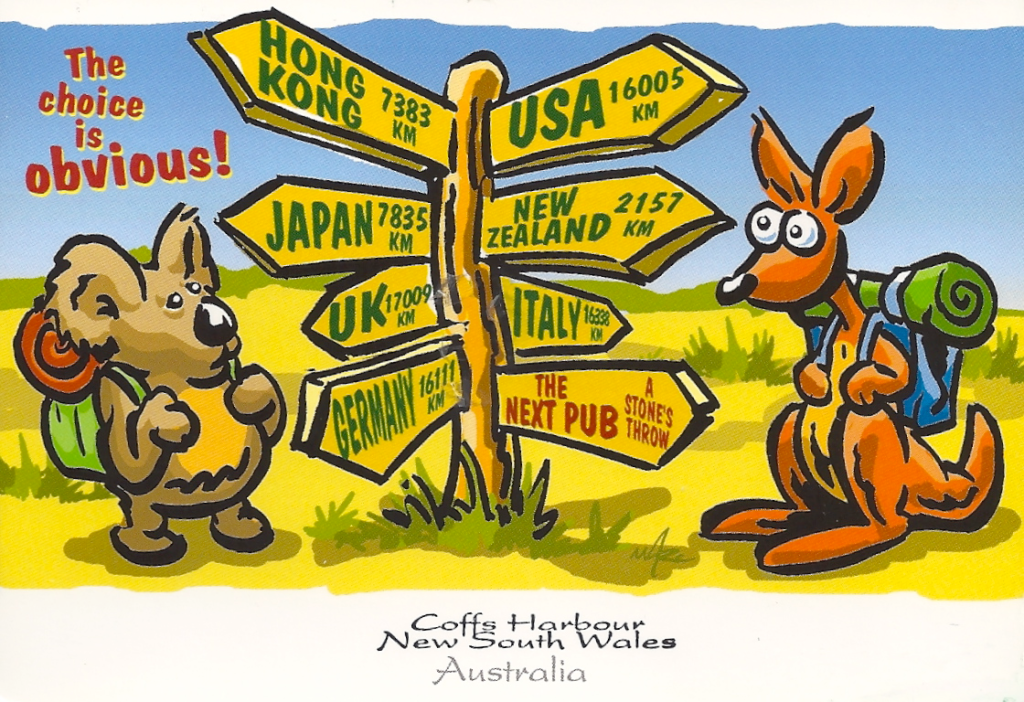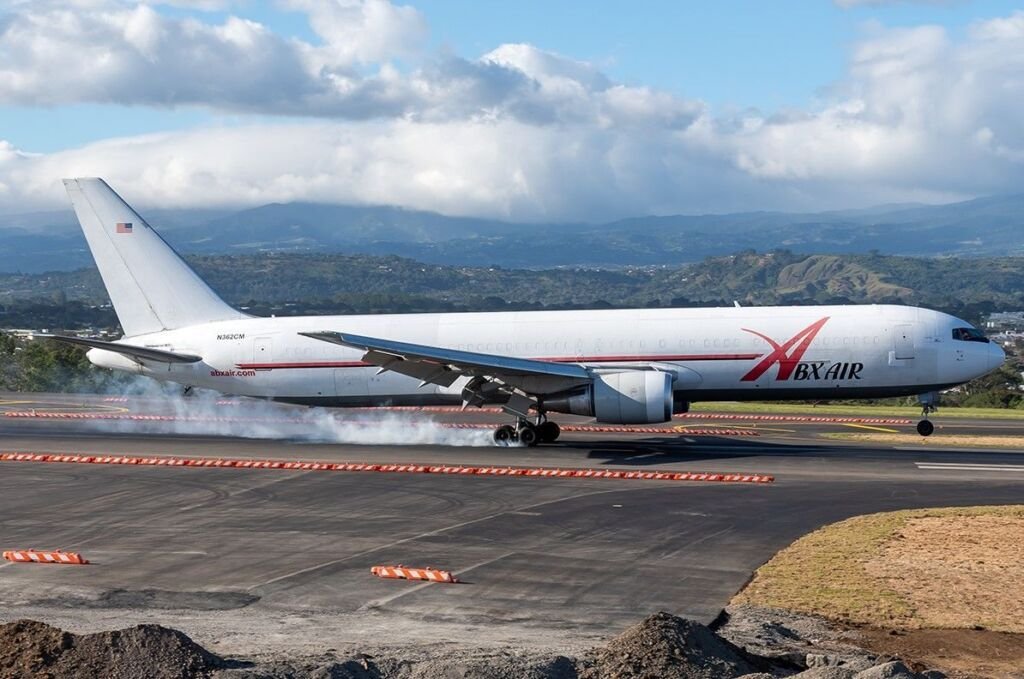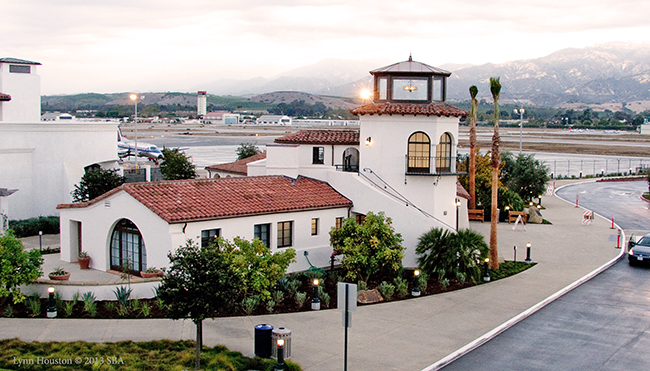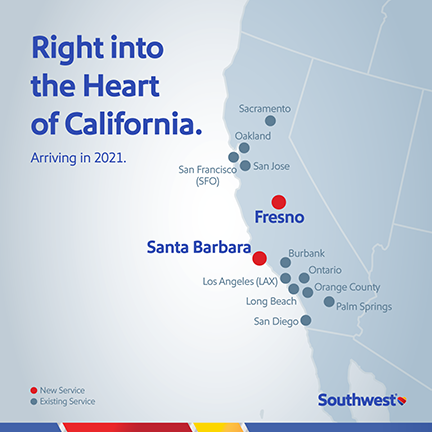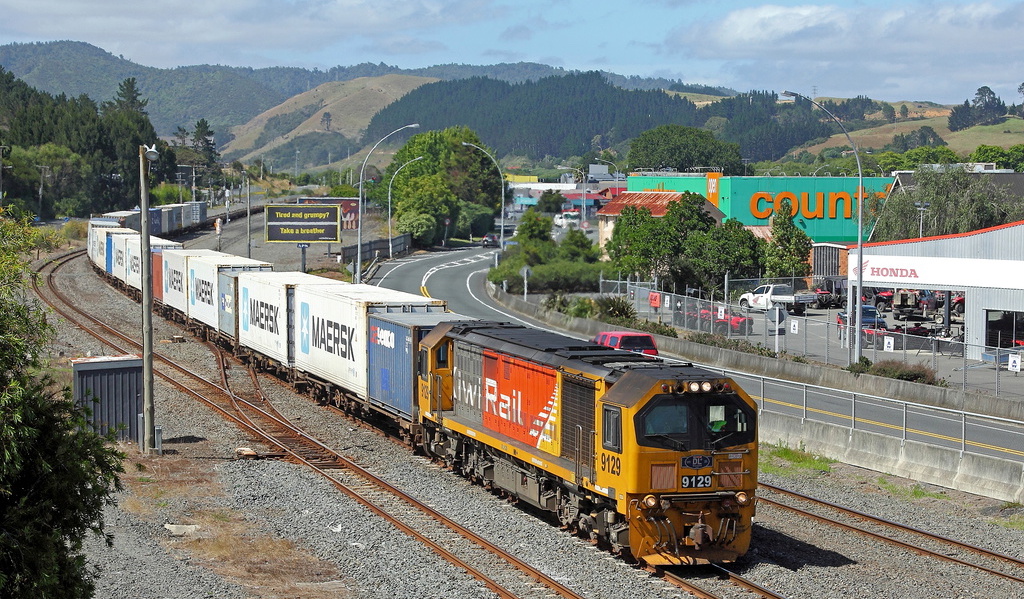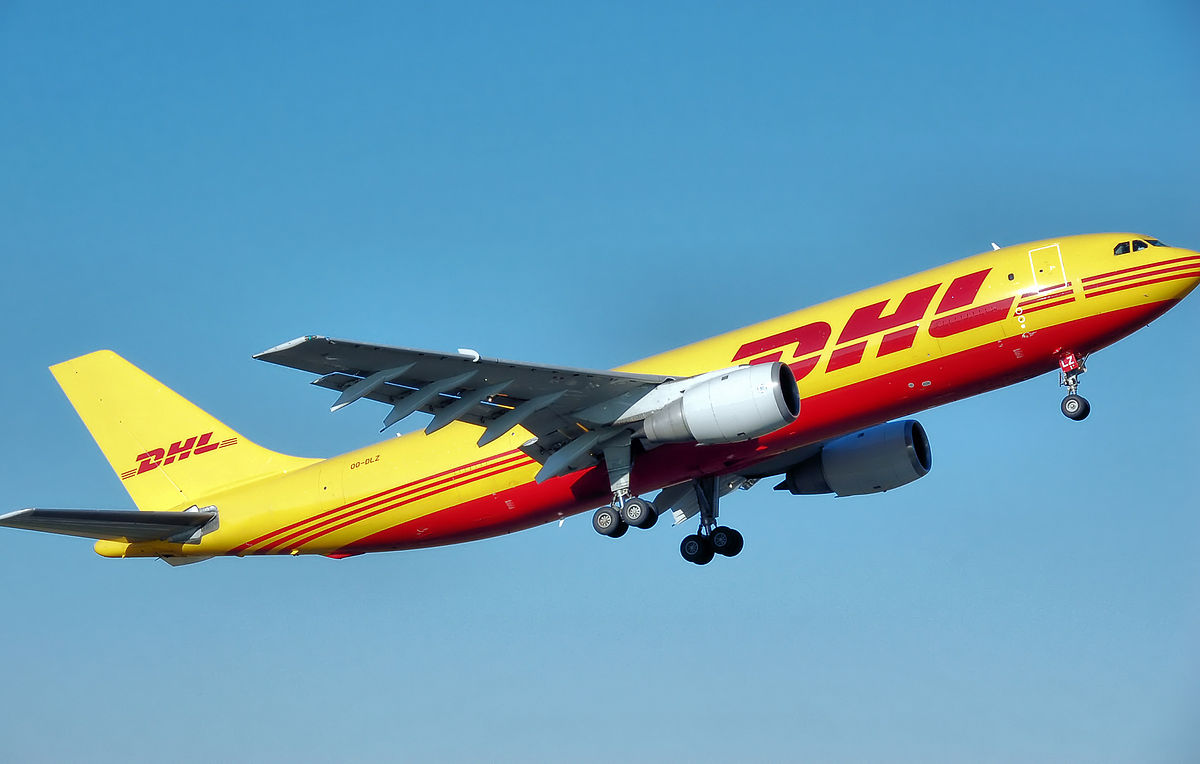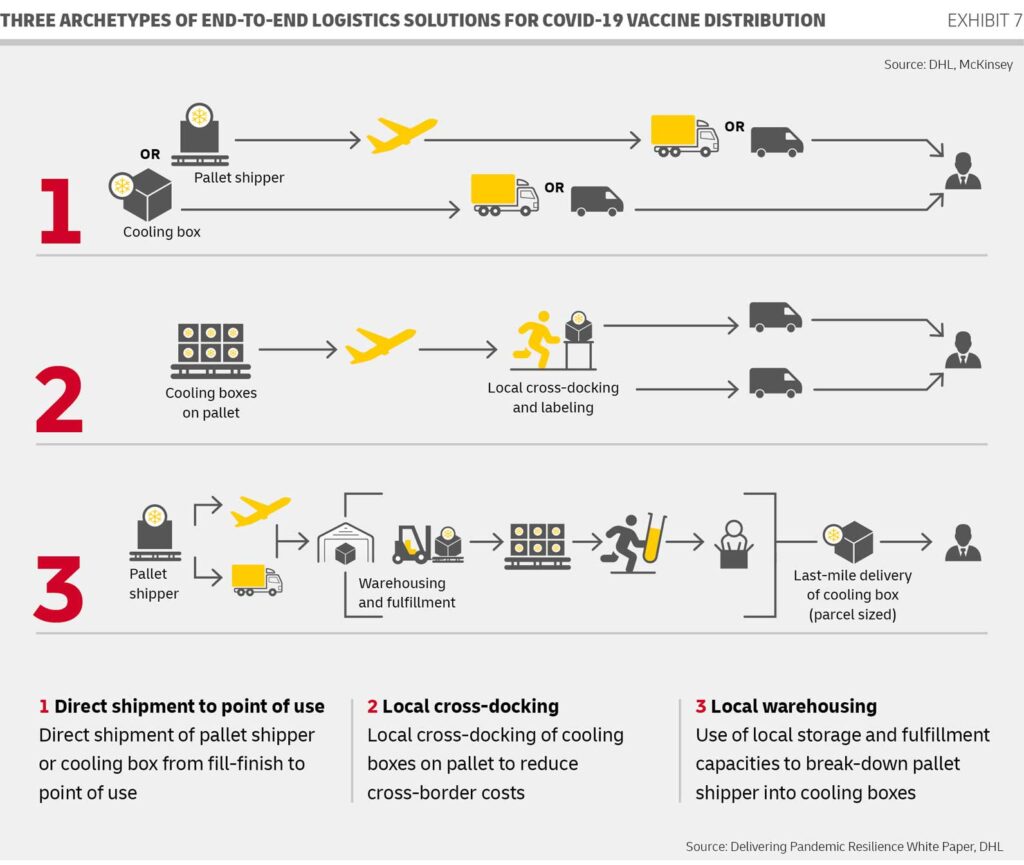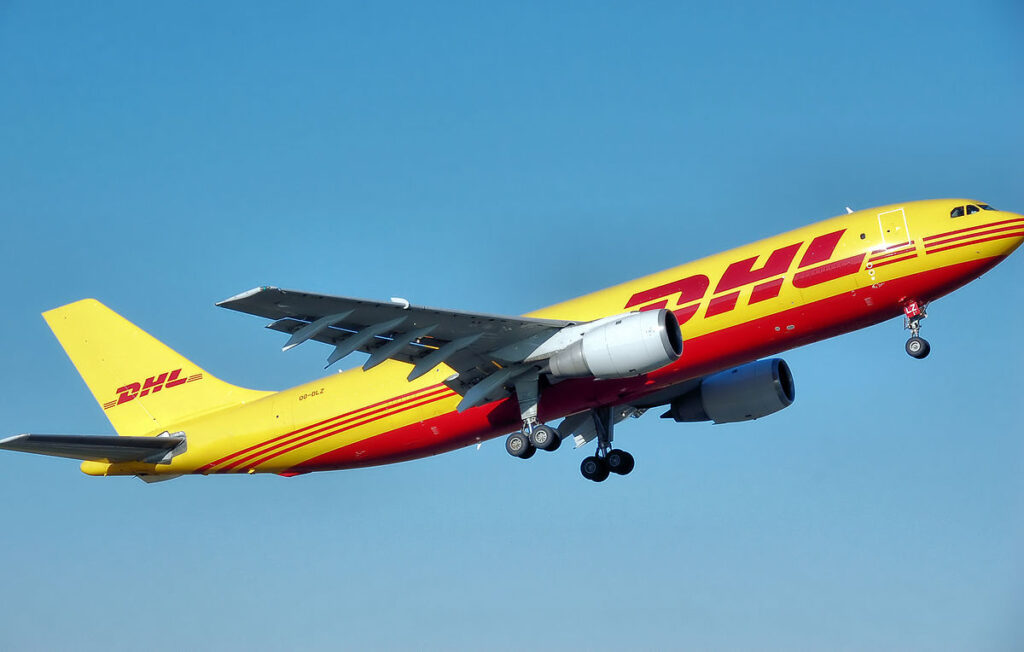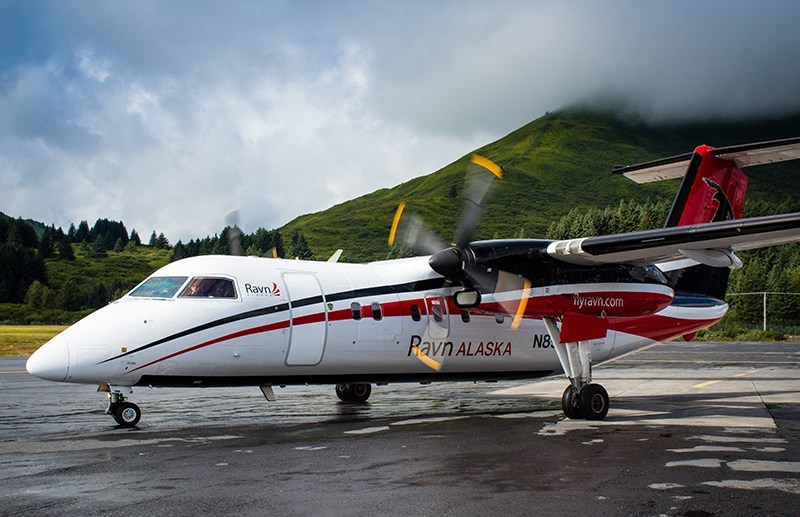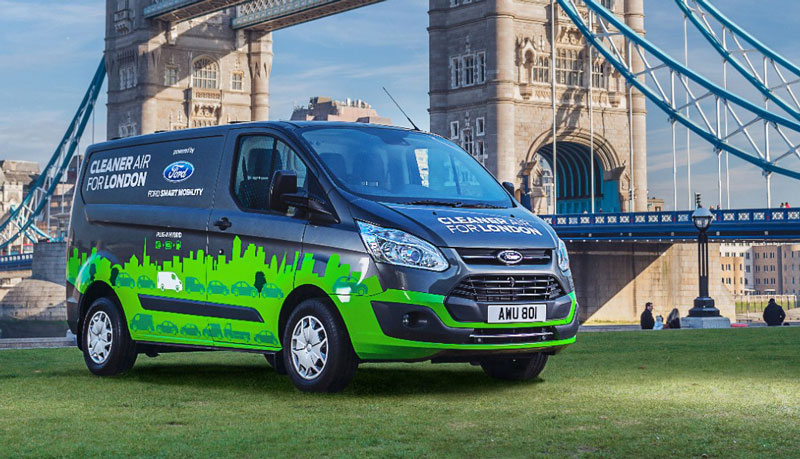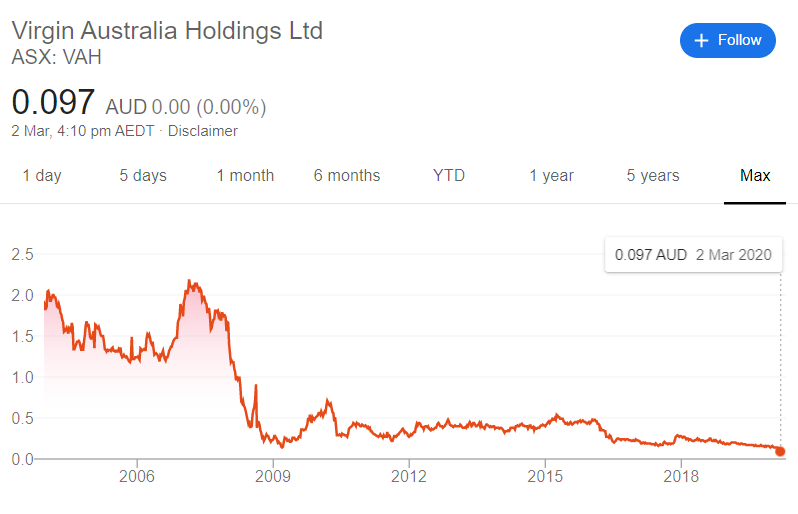Bonn, Germany – Deutsche Post DHL Group (OTC: DPSGY), the world’s leading logistics company, has today released preliminary results for the second quarter of 2021. Simultaneously, the outlook for the current financial year and for 2023 has been raised. Furthermore, a one-time corona bonus1 for approximately 550,000 employees worldwide has been decided. Preliminary operating profit (EBIT) for the second quarter has improved to record level with around EUR 2,075 million (Q2 2020: EUR 912 million) and has more than doubled compared to previous year. Against the backdrop of the excellent business performance, the Group has raised its EBIT outlook for 2021 to more than EUR 7.0 billion (so far: more than EUR 6.7 billion). The mid-term EBIT outlook for 2023 is now expected to be more than EUR 7.4 billion (so far: more than EUR 7.0 billion).
As an appreciation for their tireless efforts during the pandemic the Group has decided to grant again a corona bonus of EUR 3001 to employees worldwide. This one-time payment is aimed at approximately 550,000 colleagues in all divisions and countries. Excluded are Executives. The corresponding expenses of around EUR 200 million will be booked in the third quarter 2021 and are already included in the updated earnings outlook for 2021.
All divisions significantly exceeded the previous year’s results. Network capacity utilization was constantly high in the second quarter 2021. B2C shipment volumes remained ahead of last year in all networks, while the recovery in the B2B businesses continued to gain momentum. At the same time the tight capacity situation both in Ocean and Air Freight markets remained unchanged.
